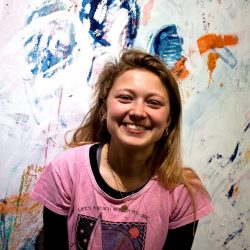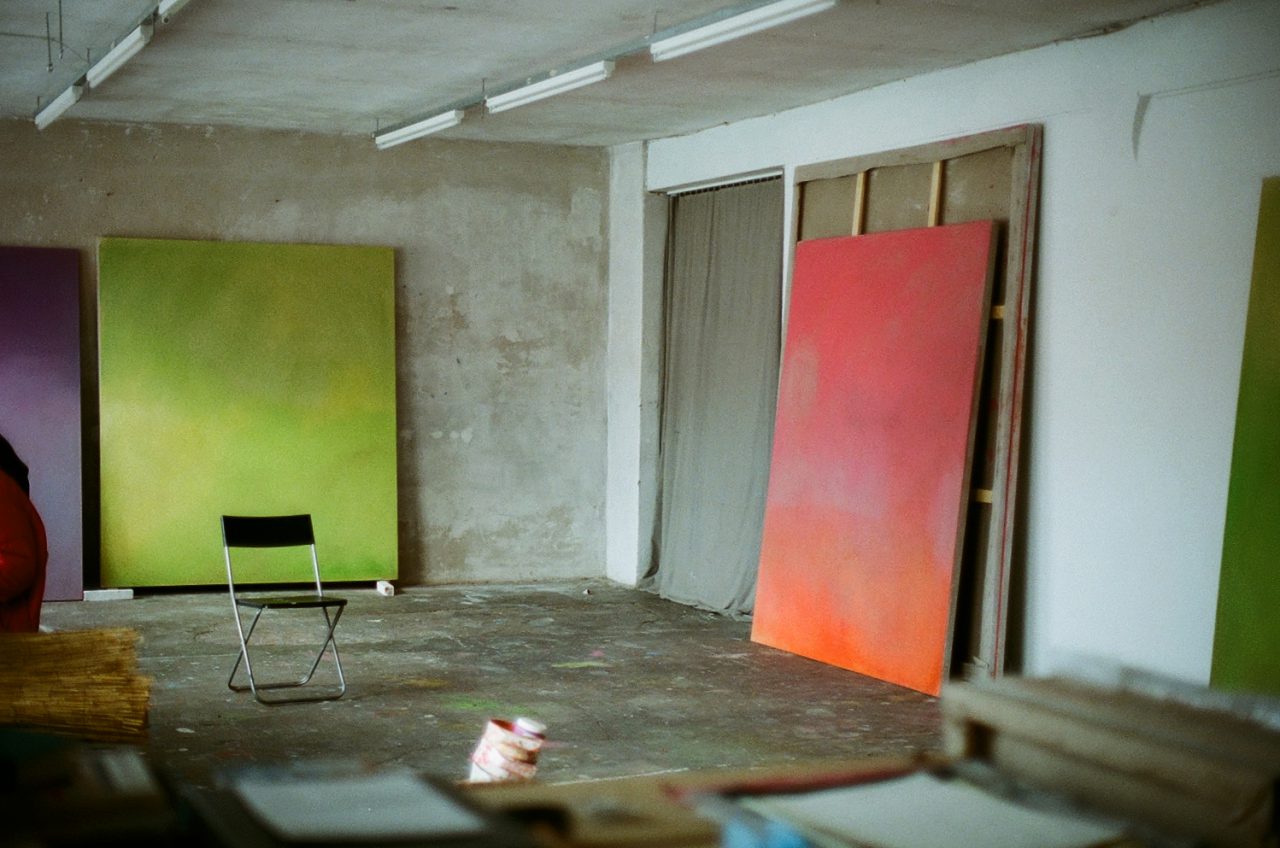
ALICE IRWIN
...Page is loading...

Berlin Germany
About Maximilian Rödel
The work by Maximilian Rödel seems to reveal a genuine, primordial event: the unfathomable event before events. Through its complex simplicity, many avenues of perception are unveiled. One can hear distant echoes of the final (and incomplete) philosophical work by Maurice Merleau-Ponty, Signs. And here in these paintings, clarity becomes complicated, tranquility becomes tangled: “No thing, no side of a...
About Maximilian Rödel
The work by Maximilian Rödel seems to reveal a genuine, primordial event: the unfathomable event before events. Through its complex simplicity, many avenues of perception are unveiled. One can hear distant echoes of the final (and incomplete) philosophical work by Maurice Merleau-Ponty, Signs. And here in these paintings, clarity becomes complicated, tranquility becomes tangled: “No thing, no side of a thing shows itself except by actively hiding others, denouncing them in the act of concealing
[ masquer ] them. To see is a matter of principle of seeing farther than one sees to reach a latent existence. The visible is the outline and depth of the visible. The visible does not admit pure positivity any more than the invisible does”*. Through the painterly act, the works of Maximilian Rödel depict a revelation; they tell a story by magnetizing the invisible within the perceptible, showing aspects of the veiled complexity of being. This manifested interweaving is not the showing off of color, nor an emptiness to be filled: it is the pulsations of the invisible pushing to be seen, affirming their latent state by hints of their presence. We seem to find ourselves in front of Merleau-Ponty’s beloved “flesh of the world,” in which he pinpoints the interweaving of the visible hiding the invisible. What could be better than flesh, with all its muscle and complicated traits, to best express this relationship? These paintings seem to be a coagulation of the invisible: etymologically the word carne, flesh, has its origins in the proto-Indo-European kréwh, raw meat, which in fact means congealed blood – and apart from any ideological references, the paintings express the unsaid, their language is a whisper. Perhaps they are closer to something less material, less coagulated: are they perhaps reminiscent of blood that boils, recording the essence of being? Perhaps in their unmistakable lightness of being, they expose the dialectic between the invisible and the visible. Is it not perhaps true that when looking at them, the material becomes airy?
Domenico de Chirico, 2020
*Maurice Merleau-Ponty, Signs, It. Trans. Il visibile e l’invisibile, published by Bompiani, 2007
What is it about your studio space that inspires you?
That it is calm
What sounds, scents and sights do you encounter while in your studio?
Hands-free device of my cellphone
What is your favourite material to work with? How has your use of it evolved throughout your practice?
I like linen a lot, bit sometimes i switch to cotton. It´s also very nice
What themes do you pursue?
The universal matter of life itself
If you could install your art absolutely anywhere, where would that be?
Some big paintings on mars
If you could only have one piece of art in your life, what would it be?
An early abstract Rothko
If you weren´t an artist, what would you be doing?
Scientist/Philosopher
What are your favourite places besides your studio?
Deutsches Historisches Museum